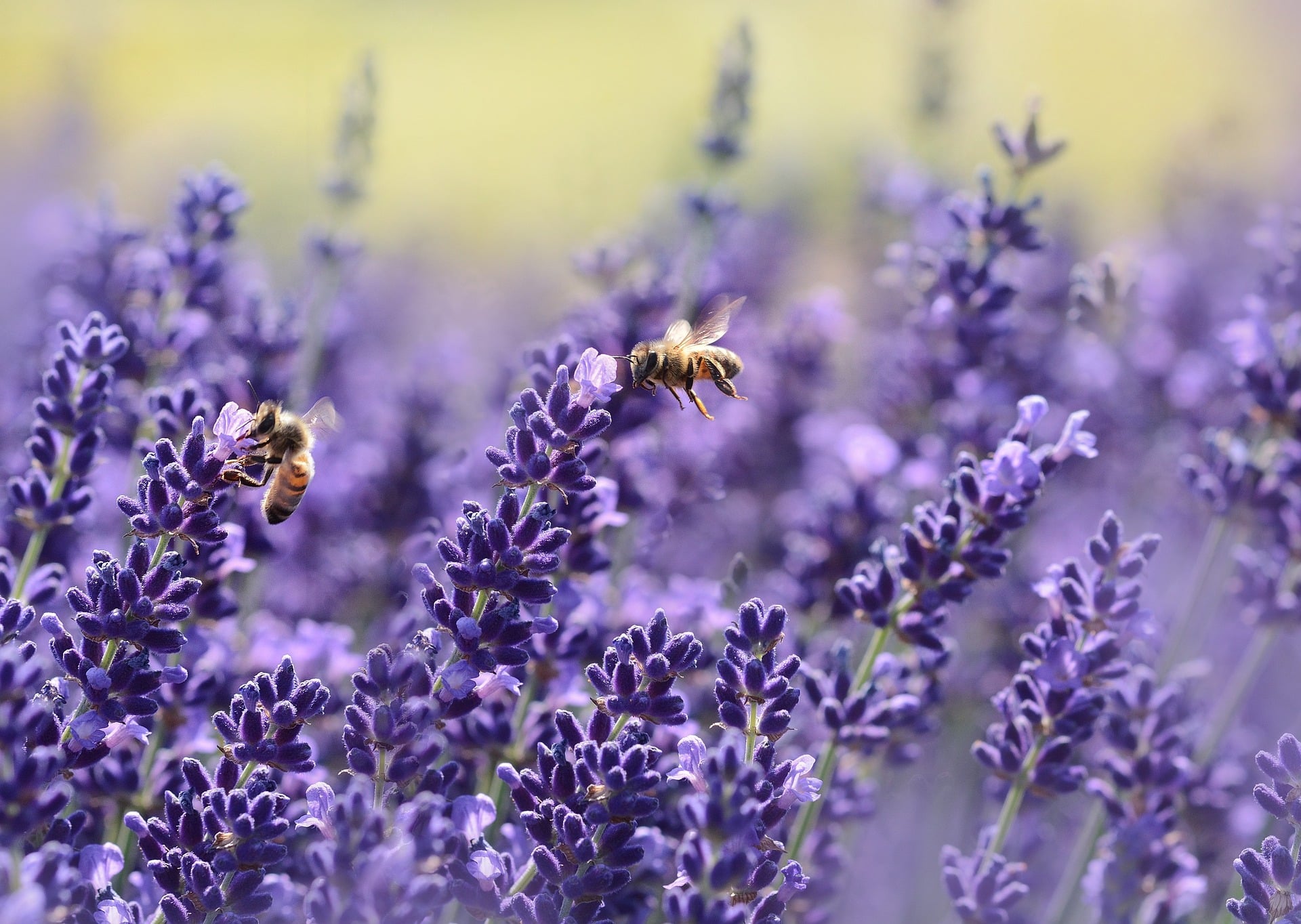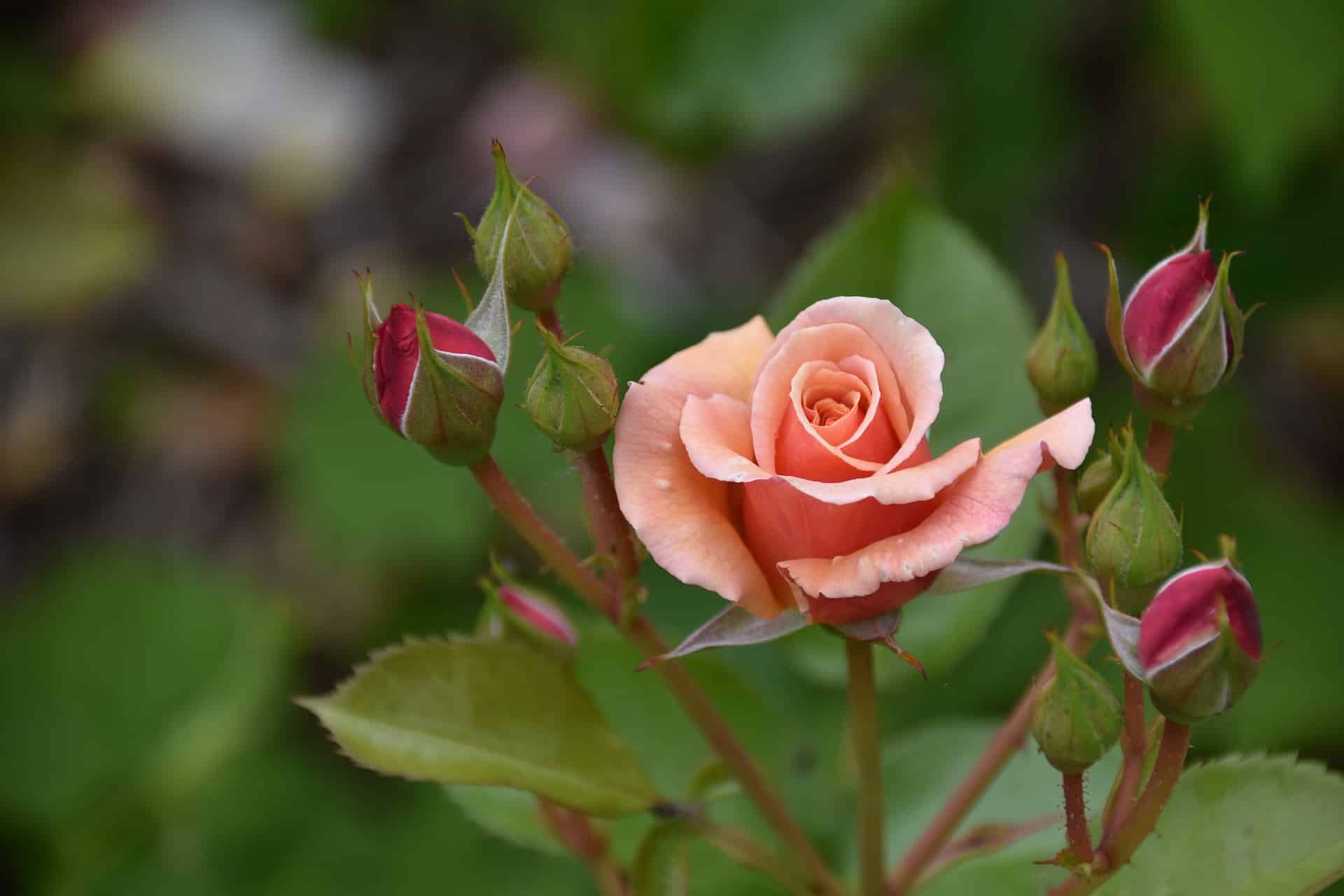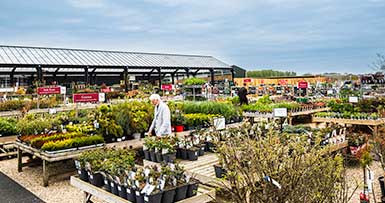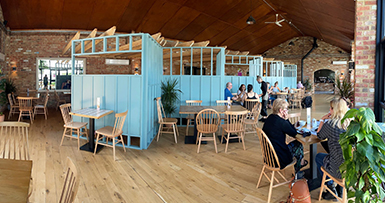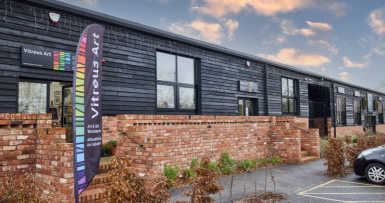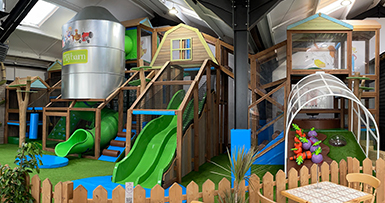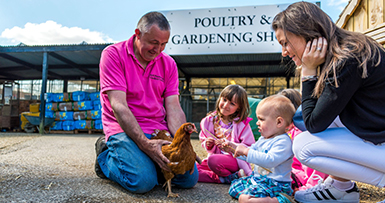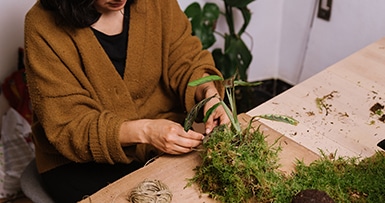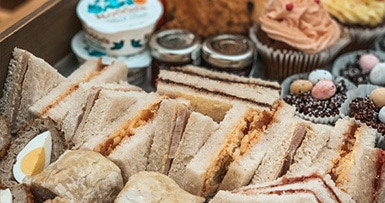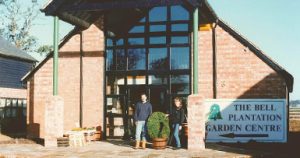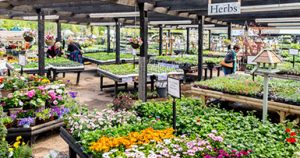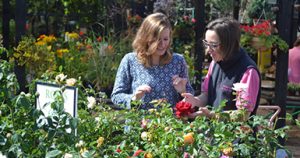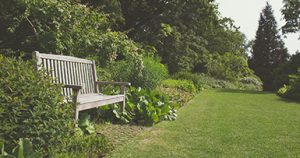A handy guide to gardening in small spaces
Having a beautiful productive garden is a tremendous achievement but it does not have to be dependant on the amount of space you have to fill. Smaller gardens have many amazing benefits and utilising your space well with creative ideas and a little hard work can make them flourish.
If you are thinking about renovating your space let us give you some great tips and tricks for planning and planting in your small garden.

Bring the Garden indoors
Not everybody has the luxury of their own outdoor space but that doesn’t mean you shouldn’t also enjoy the benefits of growing in one.
The houseplant industry has boomed over the last few years making even the rarest of plants accessible to plant lovers and many of our favourite outdoor plants also make great indoor ones!
Geraniums, fuchsias, boxwood, hibiscus and azaleas are just some that can be cultivated to grow and thrive indoors.
Herb and microgreen gardens can also be easily grown on sunny windowsills all throughout the year and hanging baskets outside windows can hold your favourite fruits, vegetables, and flowers.
Think vertically
Maximise your walkable space by thinking vertically!
Crawlers & Climbers
Get creative with trellises and multipurpose climbing structures such as pergola’s to create height and visual appeal in your small space. Place at the backs of borders to climb up fences and walls or train your climbers to grow against the house in pots on your patio to achieve a cosy cottage aesthetic.
Make a statement with these beautiful climbers – Clemantis Armandii, Winter Jasmine. Honeysuckle, wisteria, sweet peas, hydrangea petiolaris and many more.
Trailers & tumblers
If you prefer the trailing look to a climbing one then utilise hanging baskets filled with ivy, aubrieta and geraniums.
Baskets are also great for growing your favourite fruits and veg such as lettuce and strawberries (we even recommend this tip as a slug deterrent for pest free produce)
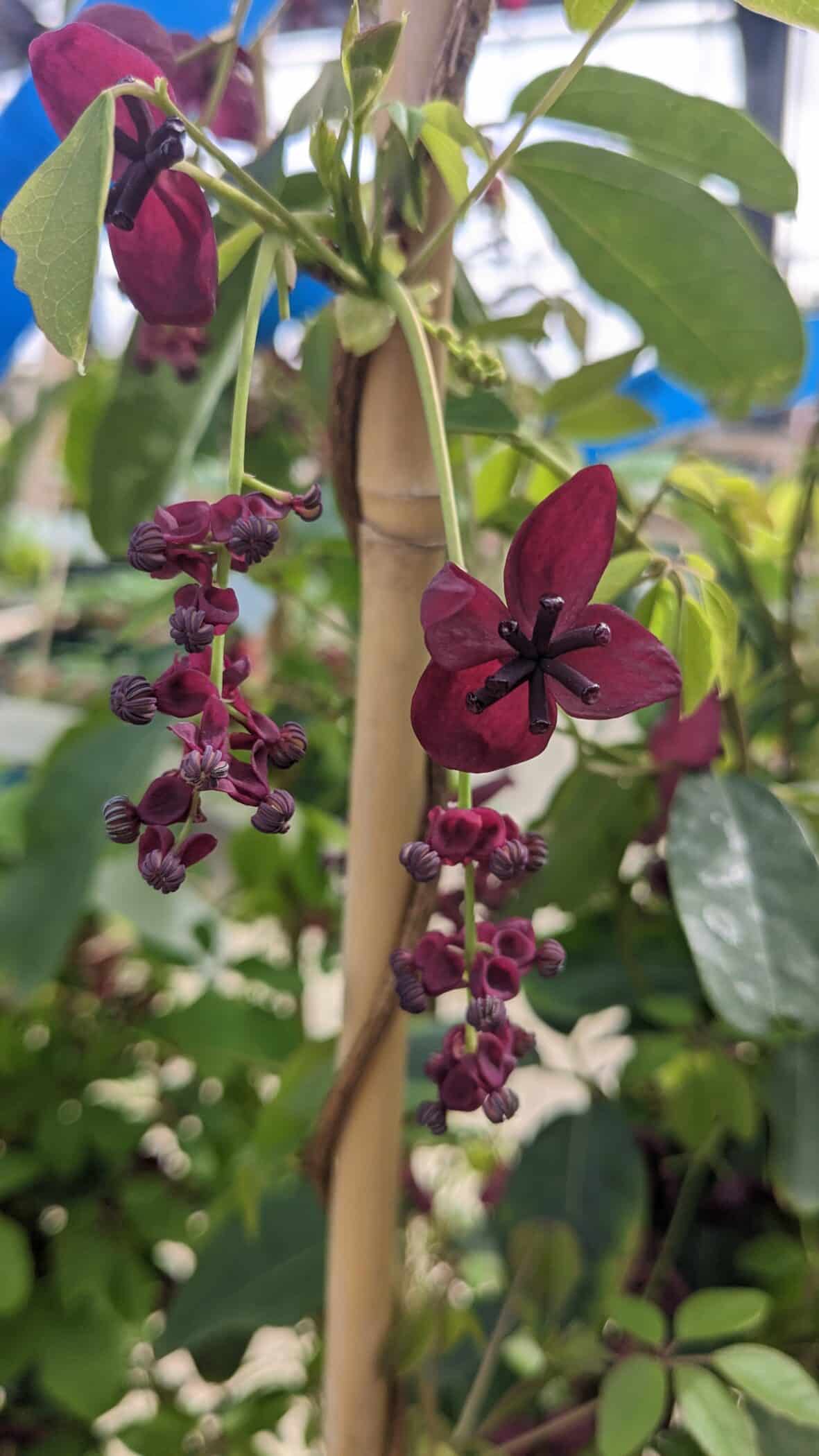

Layer your layout
Now that we are beginning to think vertically – we should start to think about how our beds and borders can be best utilised.
Layering beds is a great way to add more structure and space. By combining raised beds at the back of your ground level beds, you can better create the illusion of depth in your space.
It is important to take note of the eventual height and width of your plants so that you can layer them accordingly. Just like we all posed for in group school photos – tallest go at the back.
Pots & containers
Fill your previously ‘ungrowable’ area such as patio and decking areas with pretty pots and colourful containers.
Pots will not only contribute to good layering in the garden but will offer you great movability.
Dwarf citrus trees will also appreciate being inside during the winter which is much easier to carry when its growing in a pot! Tomatoes, potatoes, soft fruit shrubs and herbs are all just a few examples of vegetables that love to grow in containers.

Purposeful planting
Smaller spaces require purposeful planting so it’s time to ask yourself those important questions, what do you want from your space? Do you want to build a vegetable garden? Is gardening for wildlife important to you? A themed space? A space for family and gardening with the little ones?
Limited space requires a considered approach. Do your research and plan accordingly. For example –
Maximise your produce production
- Plant strawberries and lettuce in baskets, grow potatoes and vining tomatoes in containers, companion plant in your veg plots to encourage pollinators, Train cucumbers, pumpkins and courgettes to climb
Garden for wildlife
- Introduce wildlife shelters in and amongst the garden, Create space for a pond to wildly increase the biodiversity. Plant wildlife loving plants such as sunflowers and lavender. Give them appropriate hiding spots by introducing shrubs and decorative grasses.
Did you know! Bees are drawn to purple blooms as they can see the colour purple clearer in comparison to other colours.
